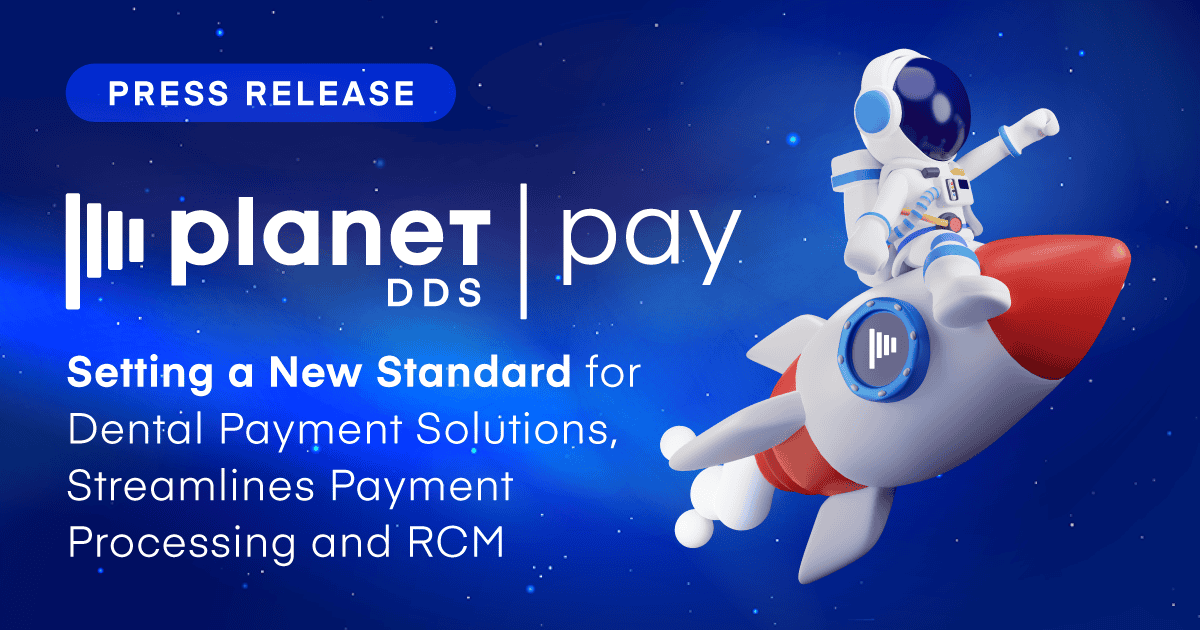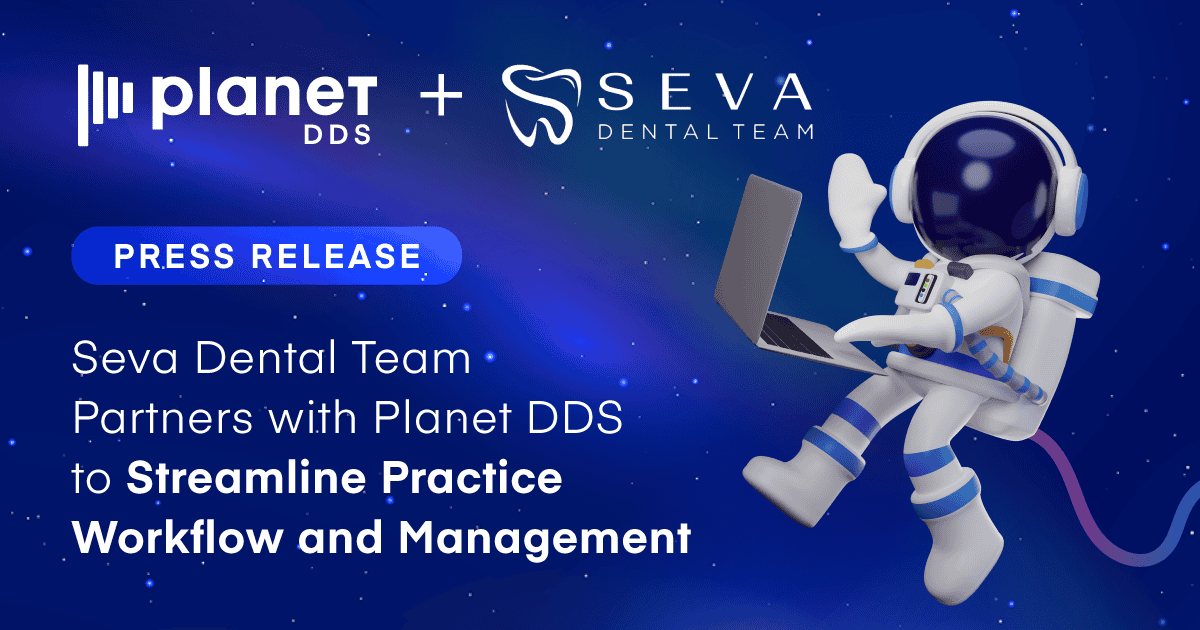6 Dental Recall Script Examples That Will Improve the Efficiency of Your Practice

Regular dental appointments are vital for lifelong oral health. Your patients benefit from regular appointments to prevent any issues from becoming a problem down the line. Any practice manager knows getting patients to come in regularly is tough. After all, 36% of patients have dental anxiety, making scheduling these appointments even more difficult for some.
Dental recall systems are state-of-the-art platforms that mix a patient’s dental records with effective appointment reminders. Dental recall letters, text messages, or automated calls are essential to ensure your patients return regularly.
In this article, you’ll learn about dental recall systems, why your practice needs one, and how to develop a dental recall script to help in every situation.
Why Every Practice Needs a Dental Recall System
Recall systems are advanced tools that keep track of appointment schedules and use analytics to deliver dental recall messages at the appropriate time. Quality recall systems maintain lists of patient appointments while using data to improve your clinic’s profitability and efficiency.
You can deliver recall messages in various ways, and the content of each is under your control. Within your recall system, you can create a dental recall email template or dental recall text message sample in seconds.
Overall, a dental recall system’s primary purpose is to simplify your life. Choosing a recall system with an effective workflow and a gentle learning curve is one of the best investments you can make in your practice this year.
Provide Better Quality Dental Care
Untreated dental issues are a serious problem nationwide. According to the CDC, the U.S. economy loses $45 billion in productivity annually due to dental-related emergencies.
Most dental issues are preventable via regular checkups. However, millions of Americans only schedule appointments when their issue has already become sufficiently uncomfortable. Implementing a recall system into your practice will boost the overall quality of oral health among your patients.
Your patients will appreciate it, which leaves them with fewer major oral health problems and keeps them returning.
Reduce No-Shows and Cancellations
No-shows are remarkably common in all aspects of healthcare. In one study focusing on pediatric dentistry, 52% of patients admitted to no-showing at least one appointment. The reasons are complex, ranging from anxiety to financial problems.
Today, more clinics than ever rely on recall systems to reduce their no-show rates. But do they work?
Research points to the importance and effectiveness of these systems. One study illustrated that recall systems can reduce no-shows by up to 22.95%.
Offer a Better Patient Experience
The patient experience is crucial to getting them to return and encouraging others in your community to choose you as their dental practice.
Your patient’s experience begins before they step foot in your clinic. Services like appointment reminders are one way of making a patient’s life more convenient. After all, your dental recall cards and messages can allow patients to reschedule to a more convenient time, if necessary.
In other words, this type of patient outreach will enable you to do all the work rather than relying on patients to contact you if they can’t attend.
Improve Practice Profitability
Recall systems are worth the investment. Reducing no-shows and cancellations dramatically increases your productivity and profitability.
Every missed appointment means your team is left waiting for the next appointment to appear. Each canceled visit involves losing money for your practice. It amounts to thousands of dollars annually, mainly if there are no consequences for your patients for missing an appointment.
Marginal decreases in your no-show rate can significantly impact the future of your practice.
6 Dental Recall Scripts for Every Situation
What does an excellent dental recall message sample look like?
You need neutrality and consistency across your practice to appeal to all your patients, regardless of age or background.
Within your recall system, you’ll be working from a patient recall letter template. The right choice of words will spur your patients to action. Here’s a rundown of six different scripts for every situation at your practice.
1. A Patient’s Next Appointment
Scheduling a patient’s next appointment is the most common function of a recall system. Ideally, you shouldn’t contact a patient about their next appointment after more than a week has passed. Send this dental recall script when their previous appointment is still fresh in their mind.
Instead of asking what suits them, suggest if they prefer the same day and time as before.
You: Good morning, [NAME]! I’m calling from [YOUR NAME]’s office and would like to schedule your next dental appointment for a day and time to suit you. Would you like Wednesday at 4 pm again?
Your patient should reply with a confirmation that the suggested time works for them, or they will offer a different time. Either way, when it comes to confirmation recalls a script is essential in reducing forgotten appointments.
You: Great! We’ve scheduled you for [DATE AND TIME], and this time will be reserved for you. We’ll confirm three days before the appointment.
2. The Hesitating Patient
Not every patient knows when they’re next available, especially if they’ve got a busy schedule. In this case, explain the benefits of scheduling in advance. This should be done in a way that doesn’t pressure them.
Here’s an example of how this might work:
You: We know it’s tough to find a space in your schedule for us. Unfortunately, our schedule fills up quickly, so we always recommend making an appointment as soon as possible so you can secure your chosen time slot. However, if you want to schedule an appointment, we can reserve you in our system. If anything changes, it’ll make it much easier to switch your time slot to a more convenient one. Does that sound like it could work for you?
3. Confirming an Appointment
Two or three days before the appointment, you’ll send another automated message to your patient reminding them of their upcoming appointment. It also gives the patient a chance to make any last-minute changes.
Remember, if a patient made an appointment six months ago, chances are they don’t remember it.
You: Hello, [NAME], this is [YOUR NAME] from [CLINIC NAME]. I’m calling in advance to confirm your appointment at [DATE AND TIME]. Can I confirm this appointment?
The patient may confirm the appointment or decide to reschedule. Depending on your clinic’s policies, you may also need to request the patient to call and confirm if cancellations are made by verbal confirmation only.
4. Releasing Patient Appointments
What happens if your patient doesn’t respond to a dental patient recall letter template script, as described above?
If you’ve given yourself enough time, you may be able to release a patient appointment to someone else. If you’re able to reach the patient, ask them to confirm their appointment or ask them to reschedule. Without confirmation, you’re free to release time slots for other patients.
You: Good morning, [NAME]. This is [YOUR NAME] from [CLINIC NAME] calling about your dental appointment on [DATE AND TIME]. Unfortunately, I couldn’t reach you when I called on [DATE AND TIME]. Can you confirm your appointment now? If not, we’ll need to release the appointment to our other patients as we’re really busy. I can reschedule you for a more convenient time if that works for you.
Make sure you set out your expectations without being pushy in these scenarios. Many patients will have forgotten or been busy when you called. Always give your patient multiple options that work for them.
5. Scheduled Checkups and Appointments
To achieve the best oral health, your patients should visit the dentist twice per year. Your patients will often need a reminder that the time has come for their dental hygiene appointments. Typically, your patient probably hasn’t spoken to you in many months, so introduce yourself again.
You: Hello, [NAME]. This is [YOUR NAME] from [CLINIC NAME]. Our patient records indicate you’re due for your next dental checkup soon. If you’re free, we would like to schedule an appointment for you now to reserve your preferred time slot in the system. Would you like to do that now?
Since your patient hasn’t heard from you in so long, empathizing with them is essential. Simple forgetfulness will explain why most patients haven’t yet made an appointment.
Others may have switched dentists without telling you, don’t have the money for an appointment, or could be feeling anxious.
This script works best when you keep the options open instead of commanding your patients to make an appointment.
6. Patient Reminder Calls
Some clinics prepare a dental recall message sample for email, SMS, and voicemail. Not every clinic has the technology to do this, so they might prefer a direct call.
As a patient who hasn’t heard from you in a while, it can be jarring to listen to an unusual voice, name, and number. Remember to map out who you are, where you’re calling from, and why you know them. Similar scripts can also be used for voicemail.
Here’s an example of framing this when talking directly to the patient.
You: Hello, this is [YOUR NAME] from [CLINIC NAME]. I’m calling to remind you about your appointment on [DATE AND TIME]. Can I confirm that you’ll be attending this appointment, or would you like me to reschedule that for you?
If using this script for a voicemail, remember to append your phone number, so they know where to call later. Most people aren’t aware of their dentist’s number by heart.
Make Your Dental Practice More Efficient with Cloud 9
Your dental recall script allows your recall system to run on autopilot. Technology is modernizing and revolutionizing dental practice management. Choosing the right tools, mastering the proper techniques, and imparting those same lessons to your employees is pivotal to creating a profitable practice.
At Cloud 9 Software, our industry-leading dental practice management software is designed to make your life easier while boosting your company’s profitability and the efficacy of patient care. Additionally, with our recent acquisition of ToothFairy, a ground-breaking orthodontic and dental practice management solution now known as Cloud 9 Ignite, your team has even more tools to better serve your patients.
To learn more about how Cloud 9 Software can transform your dental practice’s operations, request your free demo today!



